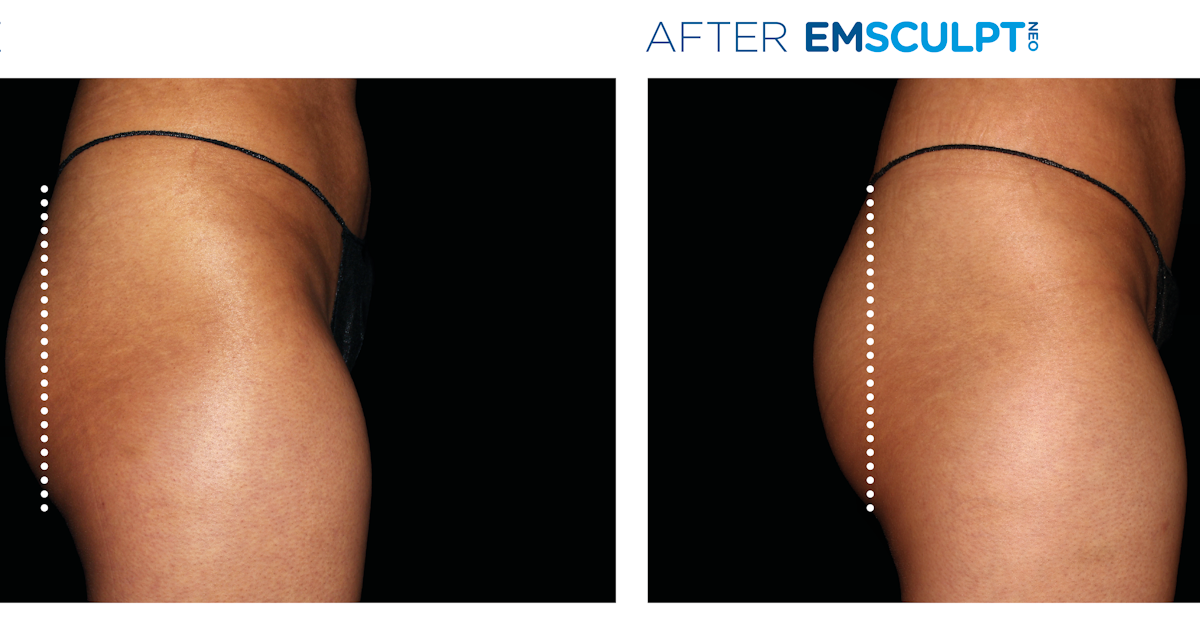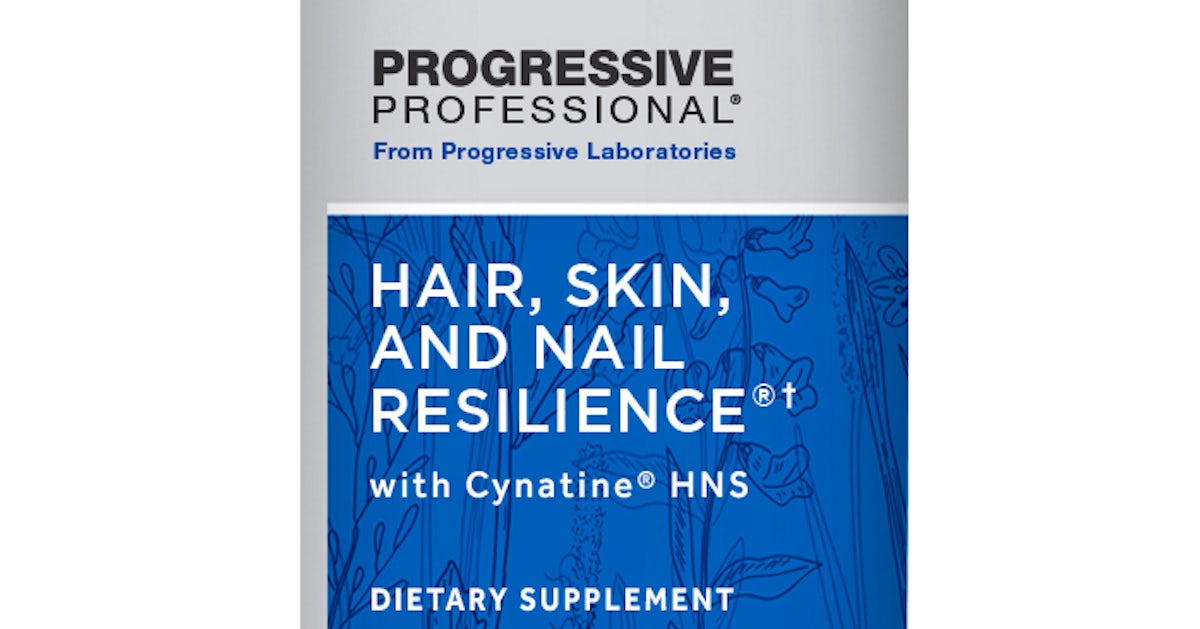The Hidden Chemicals in Your Salad Dressing: What You Need to Know
When you think of a salad, you probably think of a healthful bowl of fresh, vibrant produce. However, the dressing you drizzle on top could be rife with harmful chemicals and additives. Authorities from the Environmental Working Group (EWG) warn us about three prevalent examples: titanium dioxide, Red 40, and Yellow 5 present in many store-bought salad dressings.
Unmasking the Culprits
Titanium Dioxide: Often used to maintain color and texture in foods like processed salad dressings, Titanium Dioxide has been linked to gut health issues, inflammation, and DNA damage according to research.
Red 40: A commonly used synthetic food dye that is often found in salad dressings. Numerous studies have suggested that Red 40 might cause hyperactivity in children.
Yellow 5: Also known as Tartrazine, this synthetic dye is associated with hyperactivity, asthma attacks, skin rashes, and migraines according to a study published in The Lancet.
In addition to these additives, many dressings have high levels of sodium, sugar, and harmful preservatives. These can lead to diseases such as obesity, high blood pressure, and type 2 diabetes.
Healthier Alternatives
Now that we know the villains, it's time to find the heroes. The good news is that there are many healthful alternatives to store-bought salad dressings:
Organic Dressings: By choosing certified organic dressings, you significantly decrease your exposure to harmful food dyes and preservatives. These dressings abide by strict regulations that limit the use of synthetic ingredients.
DIY Dressings: You can also make your dressings at home, where you're in control of the ingredients. Olive oil, vinegar, lemon juice, and herbs make a simple, tasty base for any salad dressing. You can also try out tahini, mustard, or honey to add different flavors.
Opt for Whole Foods: Instead of dressing, try topping your salad with nutrient-dense whole foods. Avocado, seeds, nuts, or tahini can add flavor and creaminess without the harmful extras.
While it's crucial to scrutinize the dressing, remember that the salad's basic ingredients should also be fresh, organic, and pesticide-free when possible. To limit pesticide exposure, the EWG recommends using non-organic produce from its Clean Fifteen™ list that includes vegetables with the lowest amounts of pesticide residue like avocados, sweet corn, and frozen peas. Leafy greens such as spinach, kale, collard, and mustard greens, found on the EWG's Dirty Dozen™ list, contain higher amounts of pesticide residue, so organic options are recommended for these.
Dr. John W Phelts is a chiropractor and applied kinesiologist who helps people successfully lose weight and keep it off. Making sure that his patients lose weight in a healthy manner, while making sure that they eat the "cleanest" food possible, makes him stand out from other weight loss specialists. His office is located in New York, NY east Mid-Town.
Knowledge is power when it comes to our diet. By knowing which chemicals to avoid and finding healthier alternatives, we can ensure our salads remain the healthful meals they are intended to be.
References
Sources:
Weir, A., Westerhoff, P., Fabricius, L., Hristovski, K., Von Goetz, N. (2012). "Titanium Dioxide Nanoparticles in Food and Personal Care Products." Environmental Science & Technology, 46, 2242–2250. https://pubs.acs.org/doi/10.1021/es204168d ↩
Ruiz, P.A., Morón, B., Becker, H.M., Lang, S., Atrott, K., Spalinger, M.R., ... & Frey-Wagner, I. (2017). "Titanium dioxide nanoparticles exacerbate DSS-induced colitis: role of the NLRP3 inflammasome." Gut, 66(7), 1216-1224. https://gut.bmj.com/content/66/7/1216 ↩
McCann, D., Barrett, A., Cooper, A., Crumpler, D., Dalen, L., Grimshaw, K., ... & Stevenson, J. (2007). "Food additives and hyperactive behaviour in 3-year-old and 8/9-year-old children in the community: a randomised, double-blinded, placebo-controlled trial." The Lancet, 370(9598), 1560-1567. https://www.sciencedirect.com/science/article/pii/S0140673607613063 ↩
Stevenson, J., Sonuga‐Barke, E., McCann, D., Grimshaw, K., Parker, K.M., Rose‐Zerilli, M.J., ... & Warner, J.O. (2010). "The role of histamine degradation gene polymorphisms in moderating the effects of food additives on children's ADHD symptoms." American Journal of Psychiatry, 167(9), 1108-1115. https://ajp.psychiatryonline.org/doi/10.1176/appi.ajp.2010.09101529 ↩
"How to eat less sodium." (2020). American Heart Association. https://www.heart.org/en/healthy-living/healthy-eating/eat-smart/sodium/how-to-reduce-sodium ↩
"Organic 101: What the USDA Organic Label Means" (2012). U.S. Department of Agriculture. https://www.usda.gov/media/blog/2012/03/22/organic-101-what-usda-organic-label-means ↩
Fallon, S., Enig, M.G. "Salad Dressings." Nourishing Traditions: The Cookbook that Challenges Politically Correct Nutrition and the Diet Dictocrats. https://www.westonaprice.org/health-topics/kitchen-tips/homemade-salad-dressing/ ↩
"Healthy Eating for a Healthy Weight." (2020). U.S. Department of Health & Human Services, Centers for Disease Control and Prevention. https://www.cdc.gov/healthyweight/healthy_eating/index.html ↩


